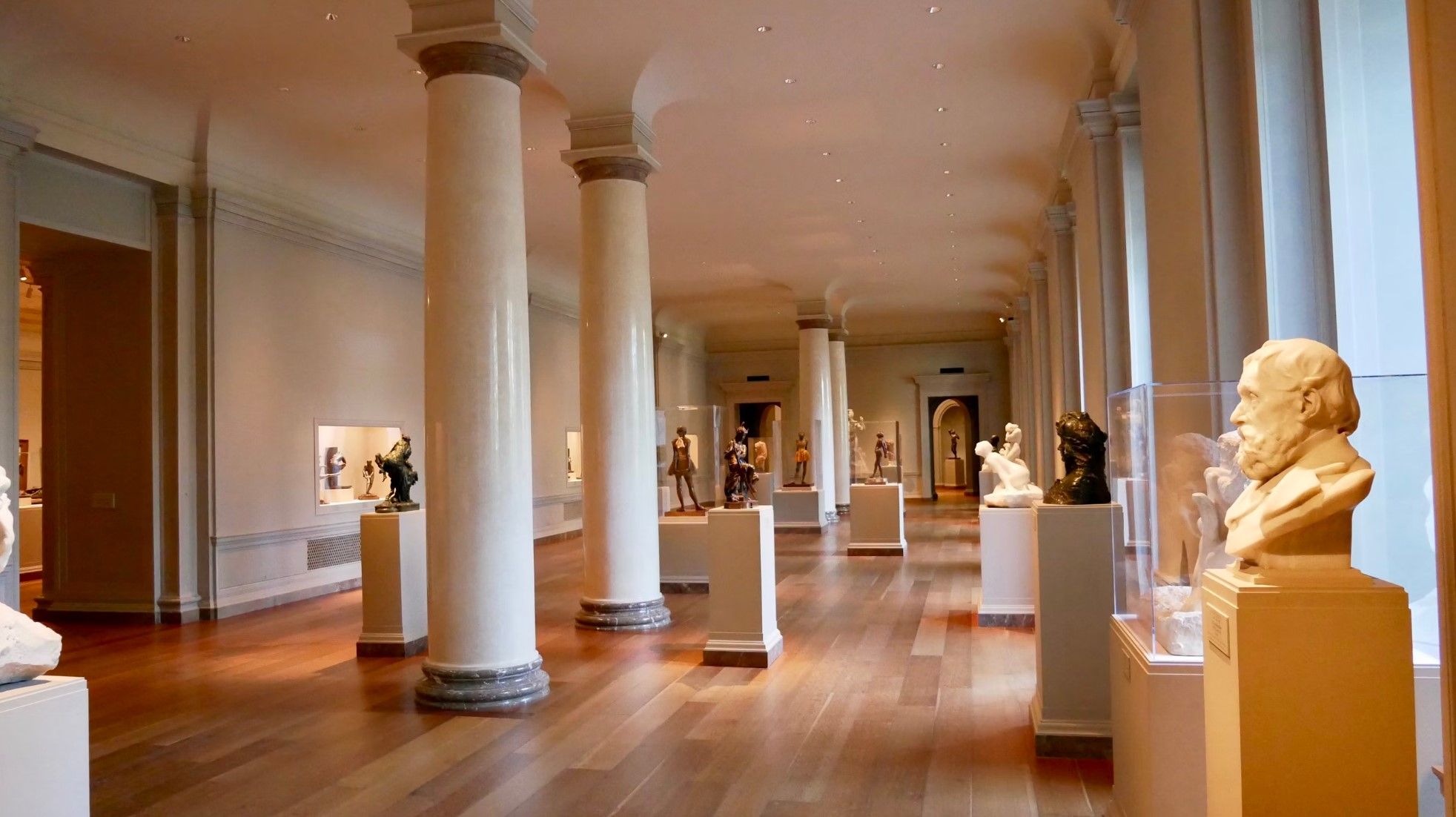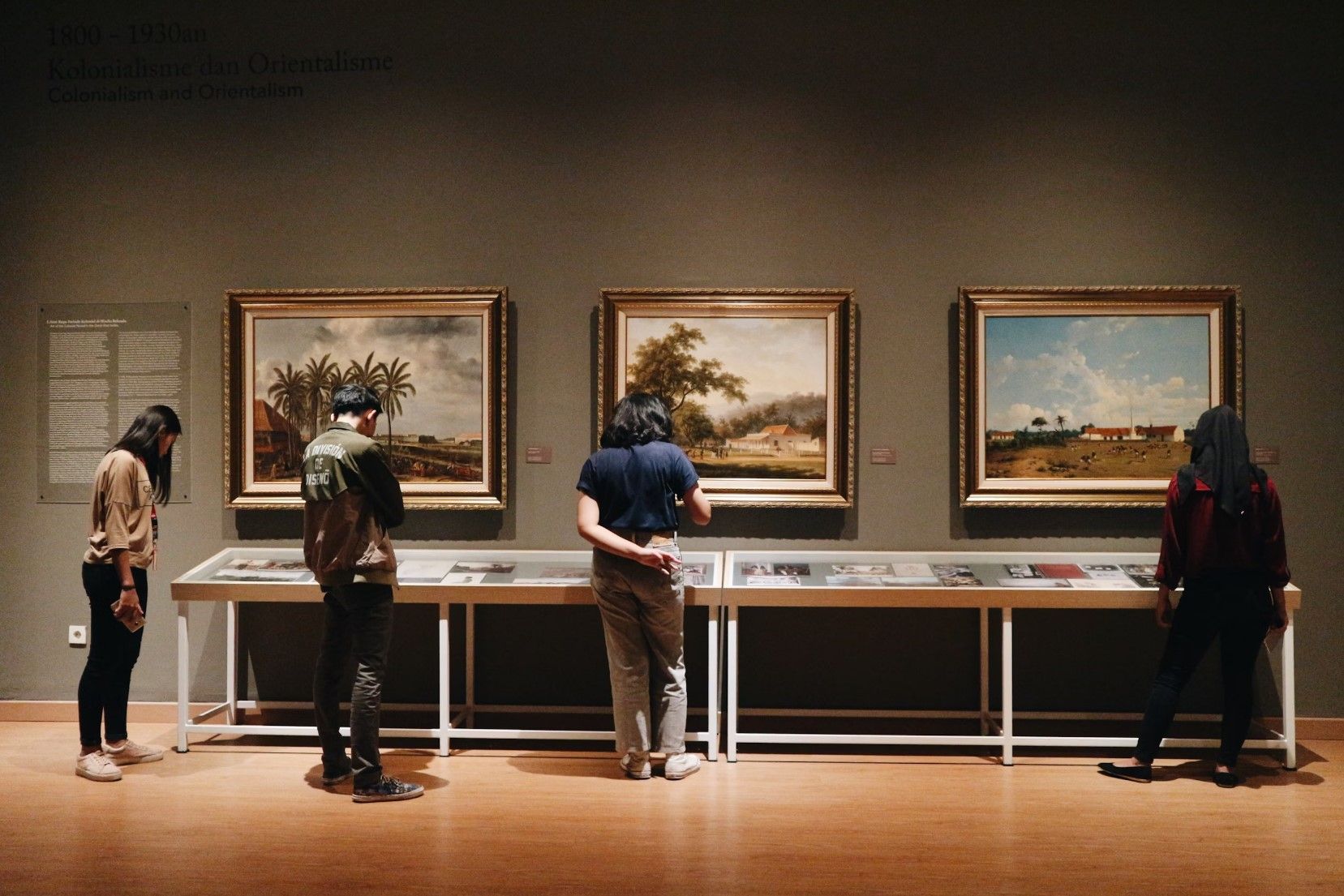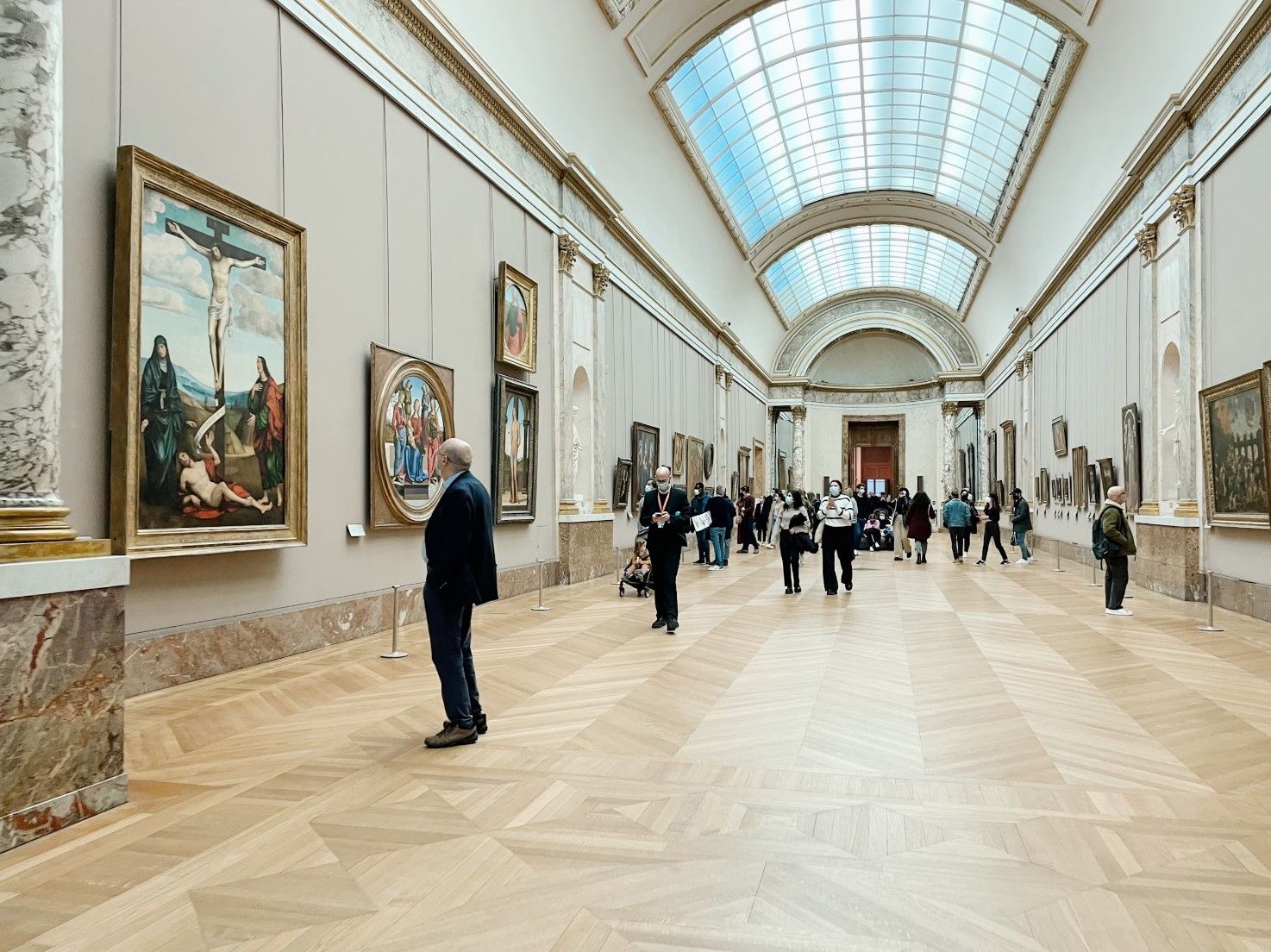Museum Floor Sanding & Restoration

Museums are sanctuaries of culture and history, where every detail—including the flooring—contributes to the visitor experience. Wooden floors in museums endure unique challenges, from heavy foot traffic to strict conservation requirements. Professional sanding and restoration ensure these floors maintain their historical integrity while meeting modern safety and aesthetic standards.
The Importance of Specialized Floor Care in Museums
Museum floors serve both functional and artistic purposes. Many historic buildings feature original hardwood floors that are decades or even centuries old, requiring careful preservation. Unlike commercial or residential spaces, museum flooring must balance durability with conservation—avoiding alterations that could diminish historical authenticity.

Daily foot traffic from visitors, moving exhibit pieces, and cleaning equipment gradually wears down the surface. Scratches, dullness, and uneven areas develop over time, detracting from the museum’s ambiance. Additionally, dust and debris can accumulate in floor crevices, posing risks to delicate artifacts and air quality. Professional sanding addresses these issues while adhering to conservation best practices.
The Museum Floor Restoration Process
Restoring a museum floor demands meticulous planning to avoid disrupting exhibits or damaging historical materials. The process begins with a thorough assessment to determine the wood’s condition, age, and original finish. This step is crucial for maintaining authenticity, especially in heritage buildings.
The actual sanding uses specialized equipment designed for delicate surfaces. Low-vibration sanders prevent damage to fragile subfloors, while fine-grit abrasives gently remove old finishes without compromising the wood’s integrity. Dust containment systems are mandatory to protect artifacts and air quality, using HEPA filters to capture even microscopic particles.
After sanding, conservators apply finishes that align with the museum’s historical and practical needs. Traditional wax or oil finishes may be used in heritage spaces for authenticity, while modern water-based polyurethanes offer durability in high-traffic areas. The choice depends on factors like foot traffic, humidity levels, and conservation guidelines.
Challenges in Museum Floor Restoration
Preserving Historical Integrity
- Matching original finishes and techniques to avoid visual discord.
- Avoiding over-sanding, which can erase patina that holds historical value.
Minimizing Disruption
- Phased work during off-hours or closures to protect visitor experience.
- Protecting artifacts from dust and vibrations during the process.
Meeting Safety Standards
- Ensuring slip resistance without compromising aesthetics.
- Using non-toxic, low-VOC finishes to maintain indoor air quality.
Benefits of Professional Restoration for Museums
Enhanced Visitor Experience: A well-maintained floor reflects the museum’s commitment to quality and preservation.
- Artifact Protection: Smooth, sealed floors reduce dust and particulate matter that could harm exhibits.
- Long-Term Cost Savings: Regular maintenance prevents costly replacements of irreplaceable historic flooring.
- Compliance with Conservation Standards: Professional restorers follow guidelines to preserve architectural heritage.
Choosing the Right Finish for Museum Floors
- Traditional Wax: Ideal for historical accuracy but requires frequent upkeep.
- Matte Polyurethane: Provides durability without the glossy look that can clash with antique settings.
- Natural Oils: Offer a low-sheen, breathable finish suitable for older wood.

Maintenance Strategies Post-Restoration
- Daily dry mopping to prevent abrasive dirt buildup.
- Protective pads under exhibit stands and furniture.
- Annual inspections to address wear before it becomes severe.
Conclusion
Museum floor restoration is a blend of art and science, demanding expertise in both woodworking and conservation. By entrusting the job to professionals, museums can preserve their floors’ historical charm while ensuring they meet the demands of modern use. The result is a space that honors the past while remaining functional for future generations.



